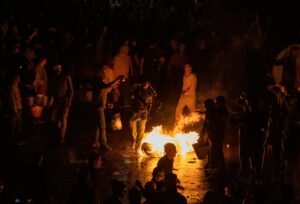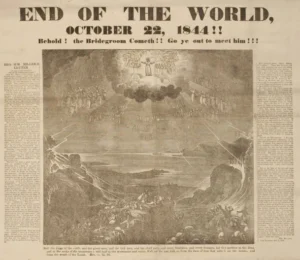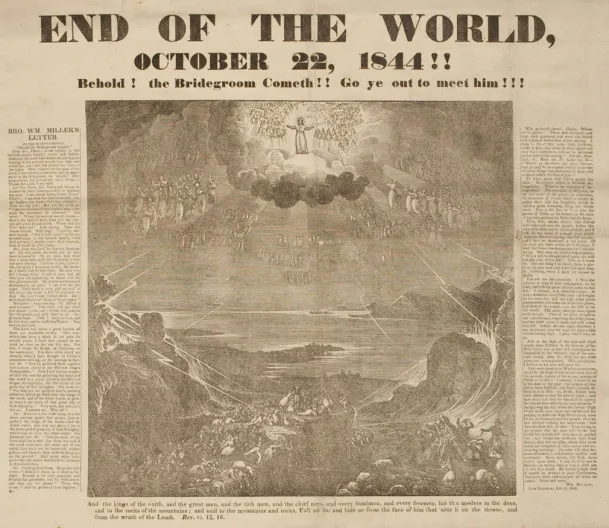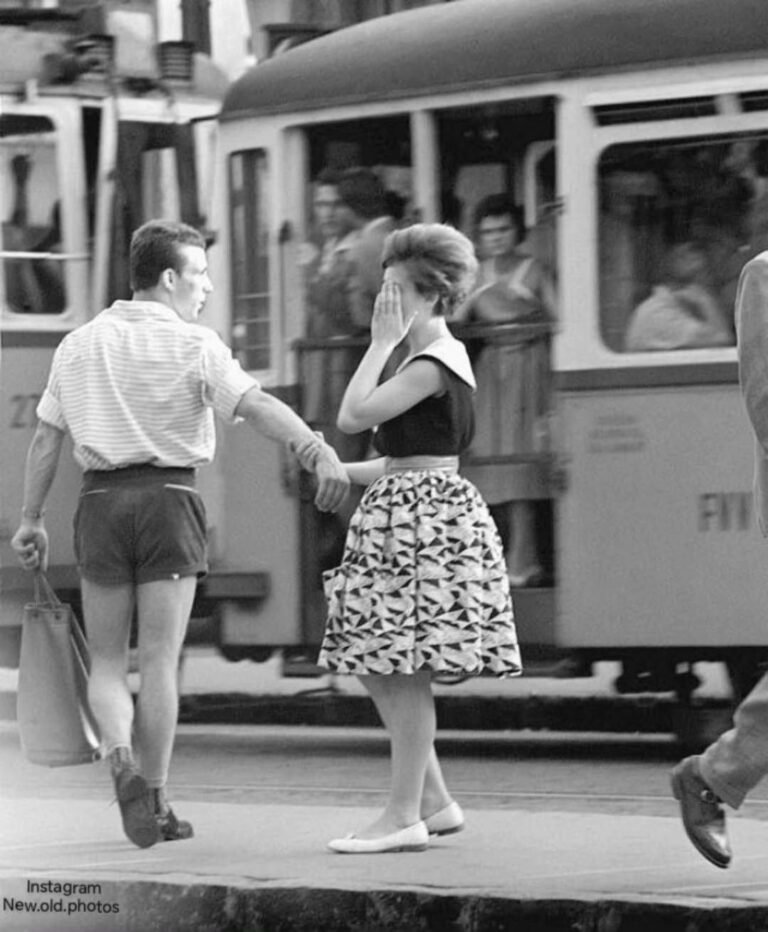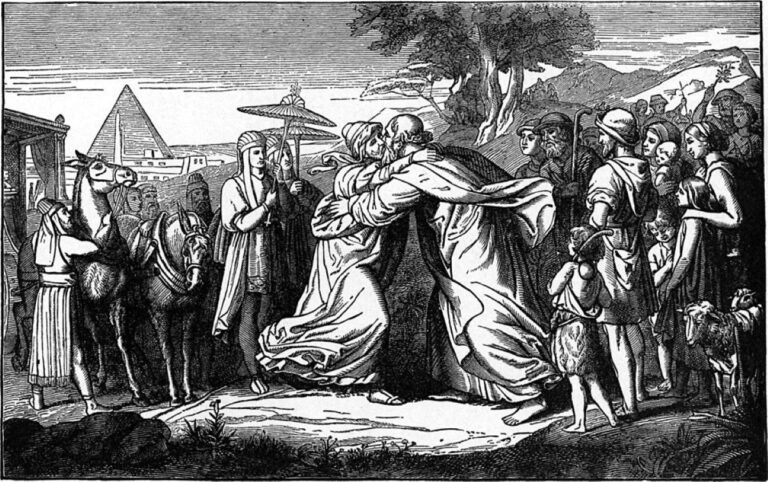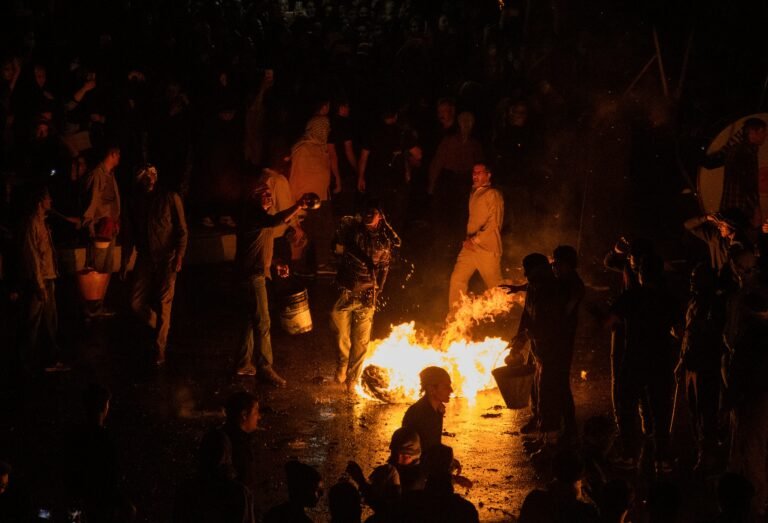The Millerite movement broke down into the three groups we covered in “The End of the World.” Those who would become SDA tell the story of Hiram Edson, a pioneer of the church who was a Millerite Adventist and a well-to-do farmer from New York. He wrote, “Our fondest hopes and expectations were blasted, and such a spirit of weeping came over us… We wept, and wept, till the day dawn.”
After spending the night in prayer in a barn asking God to explain, Edson recounts that the next morning, while walking across a cornfield (this minor detail is often repeated), he saw a vision:
“Heaven seemed opened to my view, and I saw distinctly… that instead of our High Priest coming out of the Most Holy place… to come to this earth on… [the] 2300 days, He… entered on that day the second apartment of that sanctuary; and that He had a work to perform in the Most Holy Place before coming to the earth”
Summed up, Edson came to believe that Daniel 8:14 has been fulfilled not by Christ coming back to earth, but by moving into the heavenly Most Holy Place to begin a new phase of ministry.
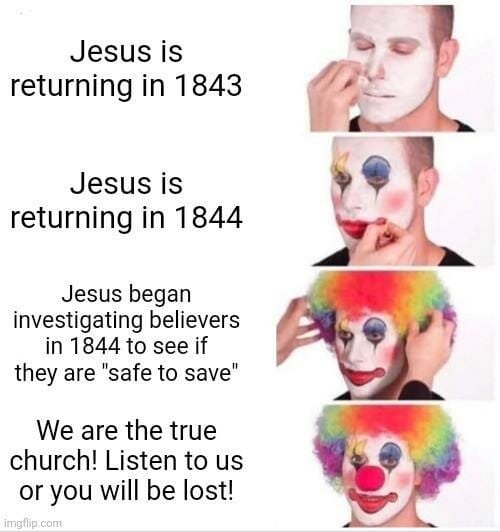
This is the seed that would grow to become the SDA church.
Things Get Complicated
Edson shared his insights with fellow Millerite students O. R. L. Crosier and F. B. Hahn. They studied the bible super hard (a famously SDA/hardline Protestant trait) and published their findings within a year.
In this publication, they outlined the following. Bear with me, this will be important later on:
- Two ‘comings’ Of Christ
Often called ‘two Jerusalems’ arrivals, the first phase is in Daniel 7:13-14 when ‘The Ancient of Days’ would take place in heaven, and the second would be Christ’s return to earth. So, Christ first would receive the kingdom at the Ancient of Days and then deliver that to us at the end of time.
- Two Priesthoods
This was drawn from the Aaronic and Melchizedek priesthoods, which co-exist in the bible, foreshadowing Christ as the High Priest that will unite them (Hebrews 9-10). Crosier argued that Hebrews 8:2 mentions “holy places,” which implies a two-room heavenly sanctuary like the earth tabernacle.
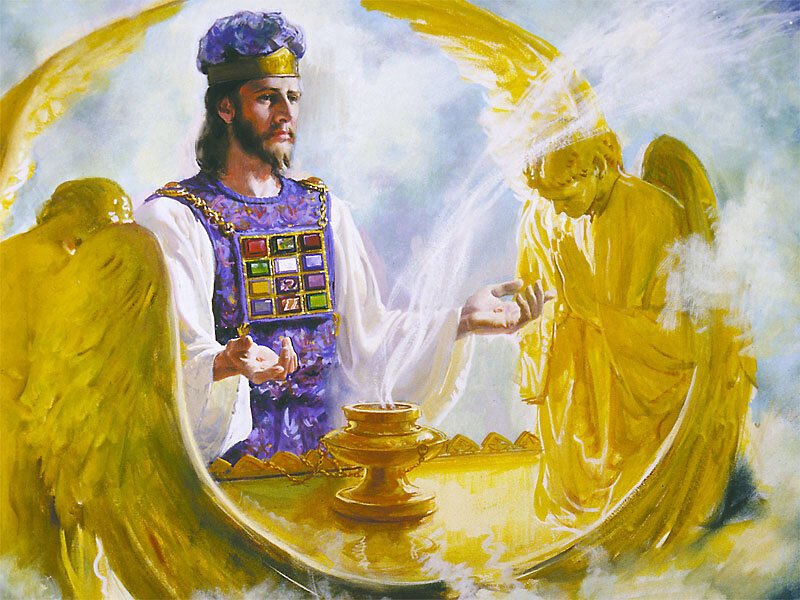
- A Literal Heavenly Sanctuary
There was a belief that a real temple exists in heaven, and the one on earth is a copy of it. Moses’ tabernacle has a Holy Place and Most Holy Place, altar, candlestick, etc., pointing to Christ’s ongoing work. He did not come to earth cause 1844 was when he entered the Holy of Holies.
- Cleansing Of The Sanctuary
Building on Hebrews 9:23, 1844 was seen as an atonement event, just like how Old Testament priests in Lev 16:30 went in to make atonement. Jesus entered the holy of holies to atone for the sins of the faithful while in heaven.
- A Two-Phase Ministry
Christ had his heavenly ministry, and it was split into two. One from ascension to 1844, and one from 1844 to when He returns.
These were radical re-interpretations. They insisted they were following the Hebrew sanctuary model. Christ’s entering the Holy of Holies started the “Investigative Judgement” of the saints. He reviews the lives of believers and applies His atonement before His eventual return.
Closed Doors and Open Doors: Early Controversy
Many have interpreted and believed that on that date of the Great Disappointment, ‘the door’ (Christians know what I am talking about, you’ve all heard about the door) had closed.
The door of mercy meant the virgins who were inside/saved (believers), would be fine, and the unwise virgins (unbelievers) were lost. They literally COULD NOT ask for forgiveness. There was a lot of hoopla about the “144,000” mentioned in the bible.
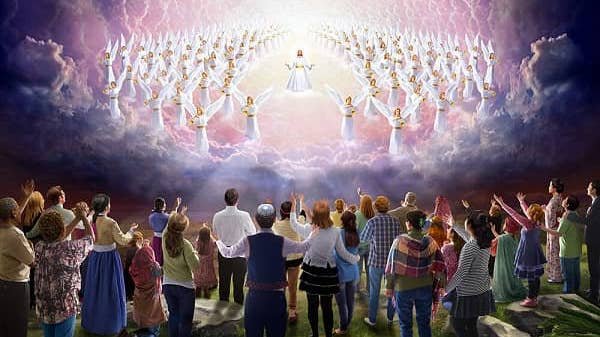
This was taken literally in some cases, and because their numbers were relatively small compared to the whole country, it was easy to buy into the idea that the number was literal and that it was a reference to them.
A minority, later led by James and Ellen White, Joseph Bates, and others, broke with the mainstream and followed the Edson’s sanctuary interpretation.
This was the founding. But just as this group coalesced, a prophetess named Ellen White entered the stage at 17. Her story is deeply woven into SDA doctrine, history, beliefs, policies, outreach, and more.
To understand the SDA church, you have to understand this woman, her contributions, and why she is so divisive, even within the higher hierarchies of the church itself.
How did this happen? Well, that comes up next in ‘Ellen in Wonderland,’ a touchy subject, to say the least.

